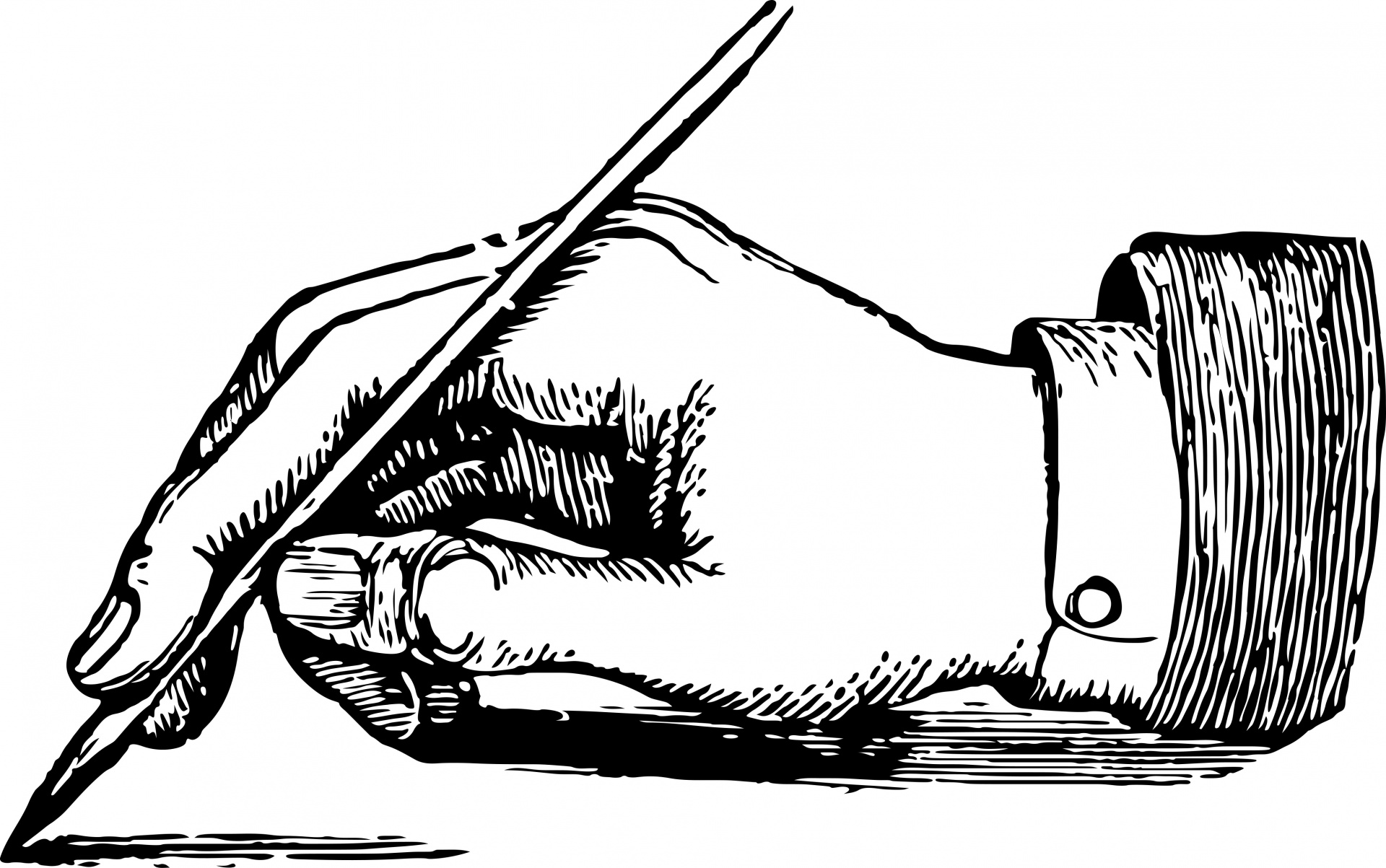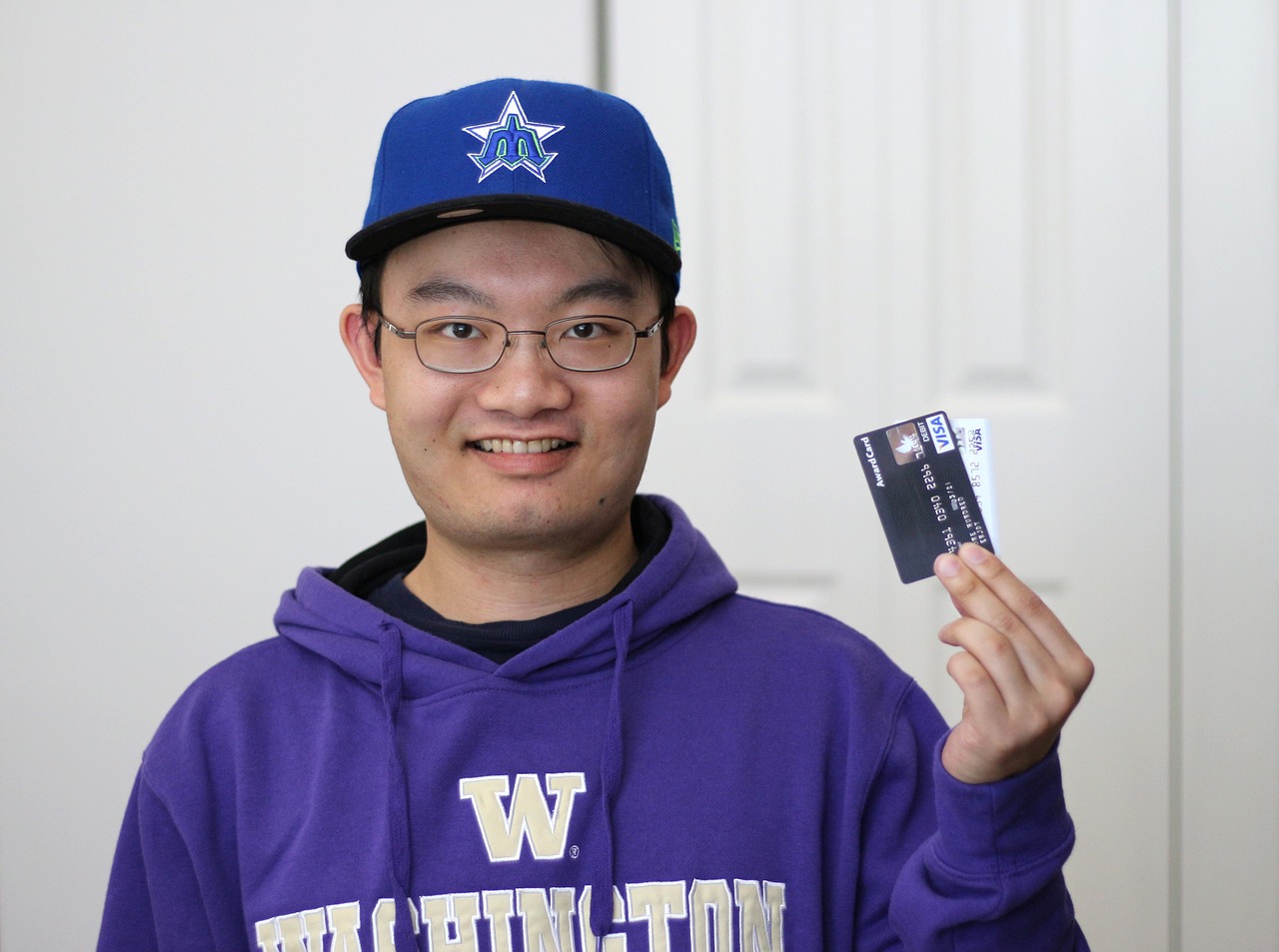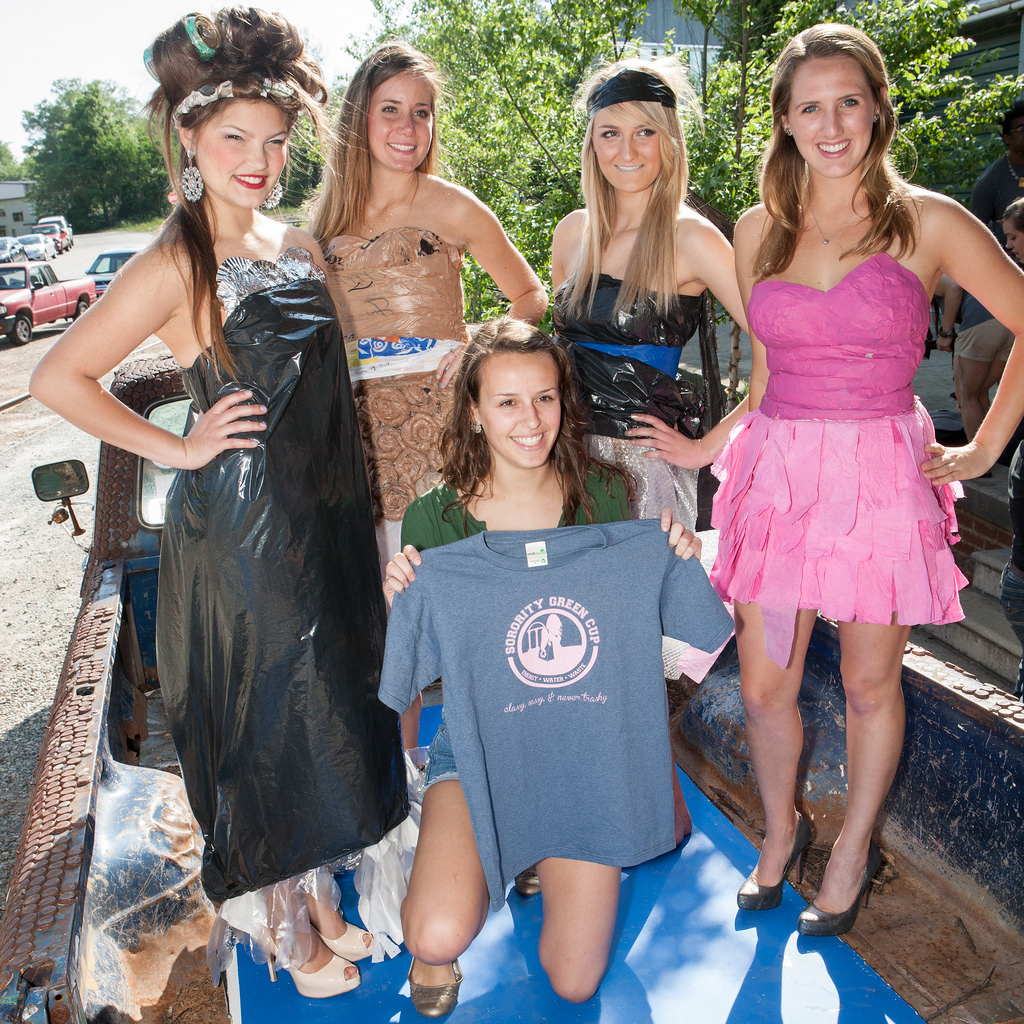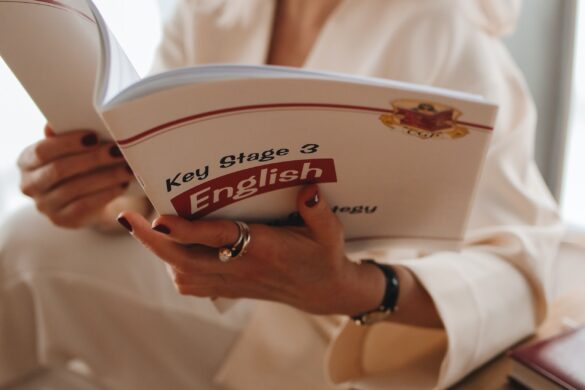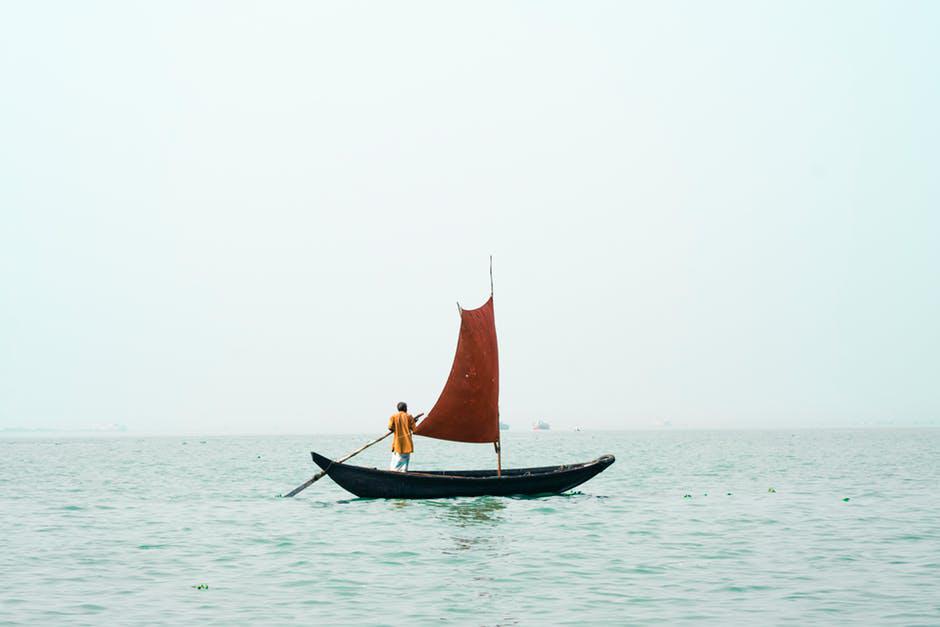
There is a classic sailboat question: How many ropes are there on a sailboat? The answer only 4 the rest are lines, sheets, halyards, etc.
Boating can be fun, but in the beginning, it can also be difficult to learn all the lingo. Read on to learn the anatomy of a boat so you don’t look like a landlubber on your next adventure.
The Ultimate Guide to the Anatomy of a Boat
There are three main categories of boats: man-powered, sail-powered, and engine-powered. Because all operate differently they have different anatomy. Let’s start with the simple pieces that are common to all boat categories.
Common Boat Anatomy
The front of the boat is the bow and the back of the boat is the stern. If you are moving towards the bow of the boat you are moving forward; if you are moving towards the back of the boat you are moving aft. If you are standing at the stern, the right side is called called the starboard side, the left side is called the port side. (Left and port have the same number of letters.)
The part of the boat you stand on is called the deck. If you are looking to avoid all the sun, make sure the boat you choose has a bimini. A bimini provides shade over the main seating area of your boat.
The body of a boat is called the hull and the maximum width is called the beam. The highest point of the hull’s side is the gunwale, typically pronounced gunnel. The lowest part of the hull is the freeboard.
The companionway leads to the cabins of the boat where the berths(beds) are located. You will also find the heads(bathrooms) down below as well.
When you get hungry while underway (moving), someone should head through the companionway to the galley to fix a bite to eat.
Lifelines are the lines that are typically metal and run the length of boats to help prevent you from going overboard. These are often only seen on boats designed to be taken out to open water. Boats must have lifevests for every person, or pet, onboard.
Don’t forget that the Captain is the most important person on the boat as they drive the boat and keep you safe.
Boat Parking
You can anchor your boat in open water, you are then on the hook. In many locations, you can also grab a ball/mooring ball, which looks like a fishing bobber that is anchored to the seafloor. A pole hook will help you grab the line on the mooring ball.
If you prefer to dock your boat, this location is often referred too as the boat’s berth.
Cleats on a boat give you a place to tie a line when docking or mooring or dock.
All boats should have fenders on board. These rubber balls or tubes prevent your boat from rubbing against docks or other boats.
Driving a Boat
You drive a powerboat, you sail a sailboat and paddle a canoe, but you do all from the cockpit. A powerboat has a wheel and throttle. A day sailboat my have a tiller versus a wheel to steer the boat. Larger sailboats will have a wheel and throttle.
The throttle controls the propellers. There is more about propellers here if you are interested.
Boats can have inboard or outboard engines. Inboard engines are located under and inside the boat, outboard engines are attached to the stern of the boat.
Unique Anatomy to Sailboats
Sailboats always have a mast (a tall pole in the center of the boat that serves as an attachment for the sail). Some boats have 2 masts like a double masted schooner, think pirate ship.
Sailboats may have two sails, a mainsail, and a jib or genoa. Mainsails are the largest and at the bottom have a boom. The boom moves across the boat when tacking (changing directions), and boom is the sound that it makes if you get hit with it.
Stays, keep the mast upright and attached it to the boat and you use the halyard to hoist (raise) the mainsail.
The jib or genoa are smaller sails forward of the mainsail. You use sheets to direct both the mainsail and jib or genoa’s direction.
Navigational Lights
All boats have navigational lights that help them to be seen at night. While the location of the lights may differ slightly by boat type they function the same. The all-around light is white, the green light is on the port side and the red light is on the starboard side.
The size of your keel (the center of the boat hull that extends deeper into the water) will determine your draft (depth of water you need to keep your boat afloat). If you don’t know your draft you may run aground. I think you get the idea of that piece of boating lingo.
If you are considering a water-based adventure, on top of learning the anatomy of a boat you may want to familiarize yourself with basic maritime rules and knot tying.
Do You Pride Yourself on Being Wonderfully Wacky?
We do, and we make sure we have all the content to support the wacky, strange, and wonderfully unique piece in all of us.
Follow us, we can help you set out on your next big adventure by teaching you the anatomy of a boat or helping you navigate the world’s most densely populated city, Macau.
